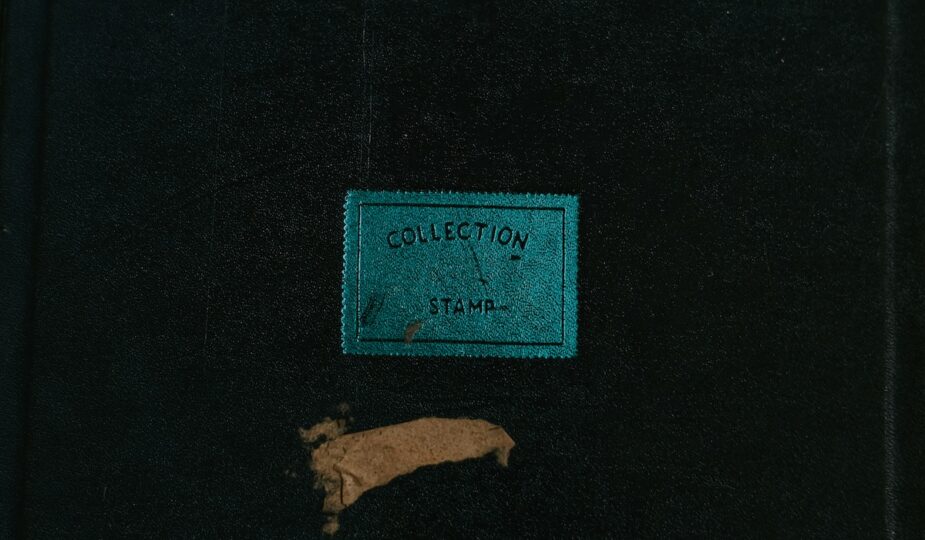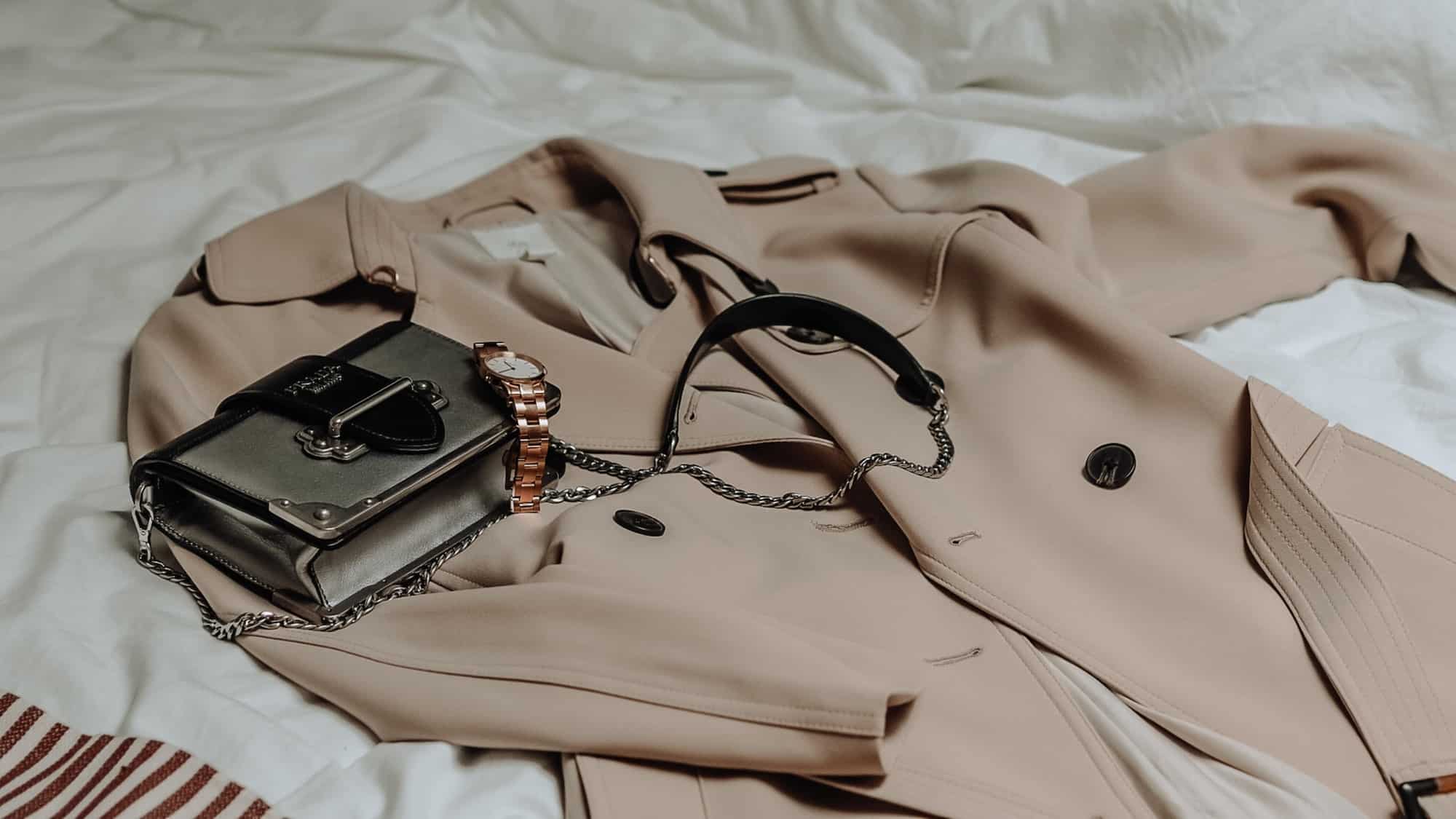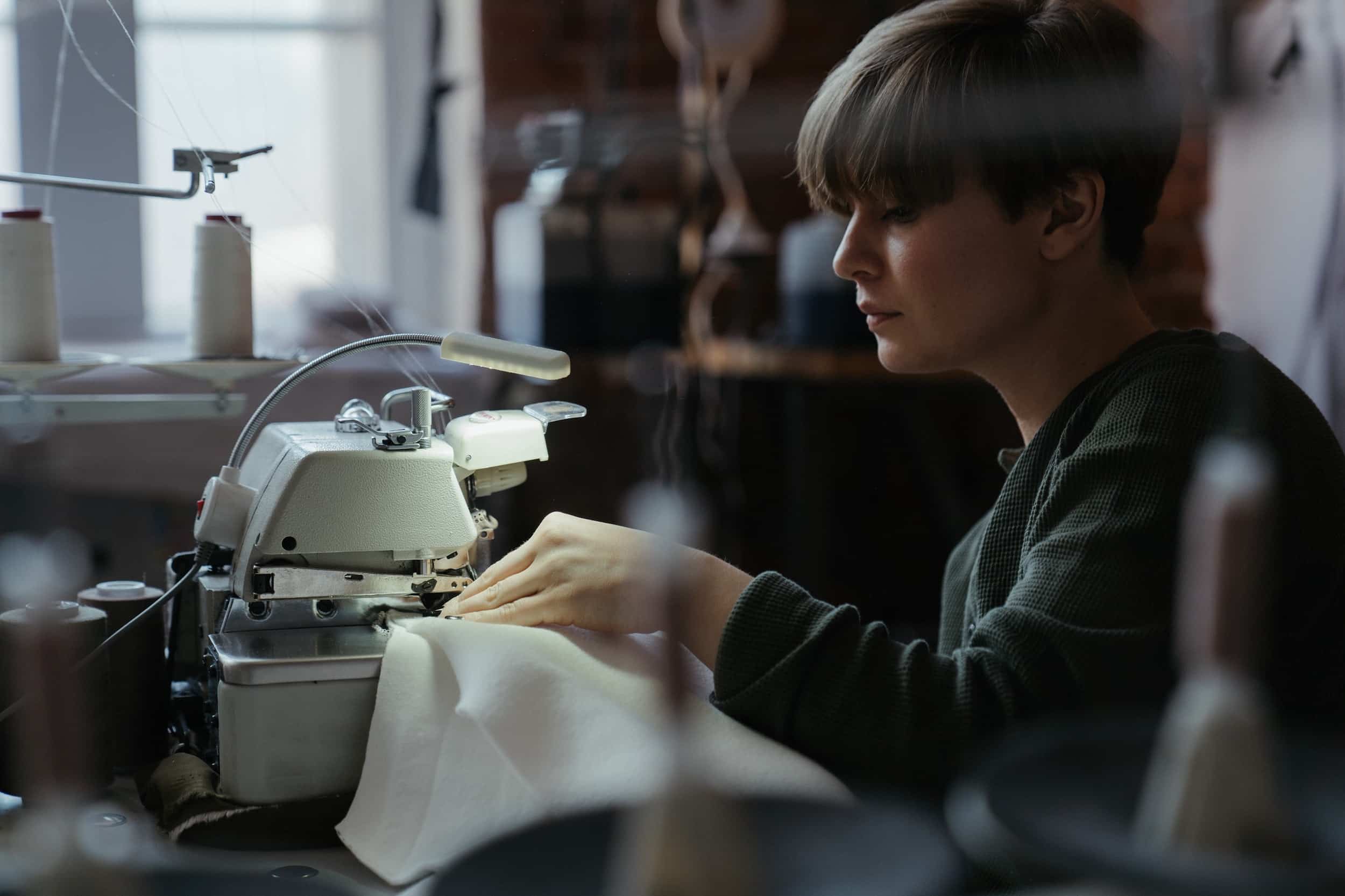In the grand narrative of fashion history, the humble woven label may seem like a mere footnote. Yet these minute details, discreetly sewn into seams and hems, whisper rich stories of craftsmanship, identity, and cultural significance. Far from being utilitarian tags alone, customized woven labels have evolved into powerful emblems of both personal expression and brand storytelling—crafted from the foundational material known as woven cloth.
What is Woven Fabric?
Woven fabric refers to a textile produced by interlacing two sets of threads at right angles: the warp and the weft. This traditional method of textile production yields a durable and structured material, making it ideal for applications that demand both strength and finesse. From ancient looms to today’s digital weaving machinery, woven cloth material has remained a staple of quality in both fashion and furnishings.
The firm structure of woven fabric provides a smooth and precise surface, perfectly suited for rendering small details—hence its historical association with embroidered emblems, tapestries, and, of course, woven clothing labels.
What Are Woven Clothing Labels?
Woven clothing labels are identifiers created directly from threads that are woven together on a loom, forming both the background and the design. Unlike printed labels, which apply ink onto a base, woven labels embody their message through the structure itself. This allows for long-lasting, durable tags that retain clarity even after repeated washing and wear.
Often made from damask, taffeta, or satin weaves, woven labels are crafted from woven cloth material to create a tactile and visual signature of the brand or maker. As such, they have become essential for designers who wish to elevate their garments with lasting elegance.
Origins: From Tailor's Mark to Textile Signature
Long before the mass production of clothing, garments were crafted by tailors and dressmakers who often left behind discreet signatures. These were not always visible to the wearer but served as a declaration of authorship and quality. As the 19th century brought about the rise of ready-to-wear clothing and department stores, labels shifted from hidden hallmarks to overt branding tools.
In the early 20th century, couturiers such as Worth, Poiret, and Chanel began to use labels not only to identify their creations but to assert a fashion ideology. To wear a garment with such a label was to align oneself with a specific aesthetic and social standing. The woven label, thus, transitioned into a symbol of fashion's power to define identity.
The Label as a Canvas for Craft
The artistry of the label itself cannot be overlooked. The materials—ranging from luxurious silks and damask to modern polyester threads—speak to evolving technological capabilities and aesthetic preferences. Early woven labels were often produced on jacquard looms, enabling designers to encode intricate details and lettering into their textile signatures.
Today, the range of possibilities is broader than ever. Techniques such as high-definition damask weaving allow for crisp, complex designs, while simpler taffeta weaves provide a classic finish at a lower cost. Regardless of method, each label remains a miniature testament to the garment's character and maker—its message embedded in woven cloth.
Branding and the Rise of the Independent Designer
In an age that prizes authenticity, woven labels have taken on renewed relevance. Independent designers and small businesses use customized labels to differentiate their creations and build brand loyalty.
This development mirrors earlier historical shifts, such as the Arts and Crafts Movement, where individual artisans reclaimed the power of authorship against the anonymity of mass production. Today's labels function similarly—as marks of intention in an industry flooded with imitation.
Cultural Meaning: Identity in the Seams
More than mere identifiers, customized woven labels serve as the textile equivalent of a personal hallmark—a stitched proclamation of values, lineage, and aesthetic alignment. Historically, we have seen how garments bore emblems that reflected allegiance, trade, or societal rank. In contemporary fashion, the woven label continues this tradition, embodying the wearer’s—or maker’s—message in every fibre.
Some speak of sustainability, others of heritage. Whether hand-loomed by an independent designer or precisely manufactured for a global brand, each woven label is a thread in the wider cloth of identity. Placed discreetly beneath a collar or boldly on display across a hoodie’s nape, these small banners whisper tales of ethos and intention—marking a garment not just as made, but as made meaningful.
New Frontiers: The Smart Label
The 21st century has also welcomed a digital evolution. With QR codes and NFC-enabled chips now being embedded into labels, a new layer of interaction emerges. Consumers can scan their garments to trace their origins, understand care instructions, or connect with brand communities. These smart labels expand the narrative capacity of garments, turning clothing into immersive storytelling devices.
Conclusion: Small Threads, Mighty Stories
In closing, the customized woven label, though small in scale, holds immense historical, artistic, and emotional weight. It is the point where the past meets the present—where the hand of the maker meets the identity of the wearer. Much like the embroidery samplers of the Georgian period or the lace identifiers of the Edwardians, today’s fabric labels are coded with intention.
They are not just tags. They are textile signatures—woven affirmations that fashion, at its heart, is personal. And they all begin with one timeless foundation: the woven cloth material that has stood the test of time, both as fabric and as a carrier of human meaning.



